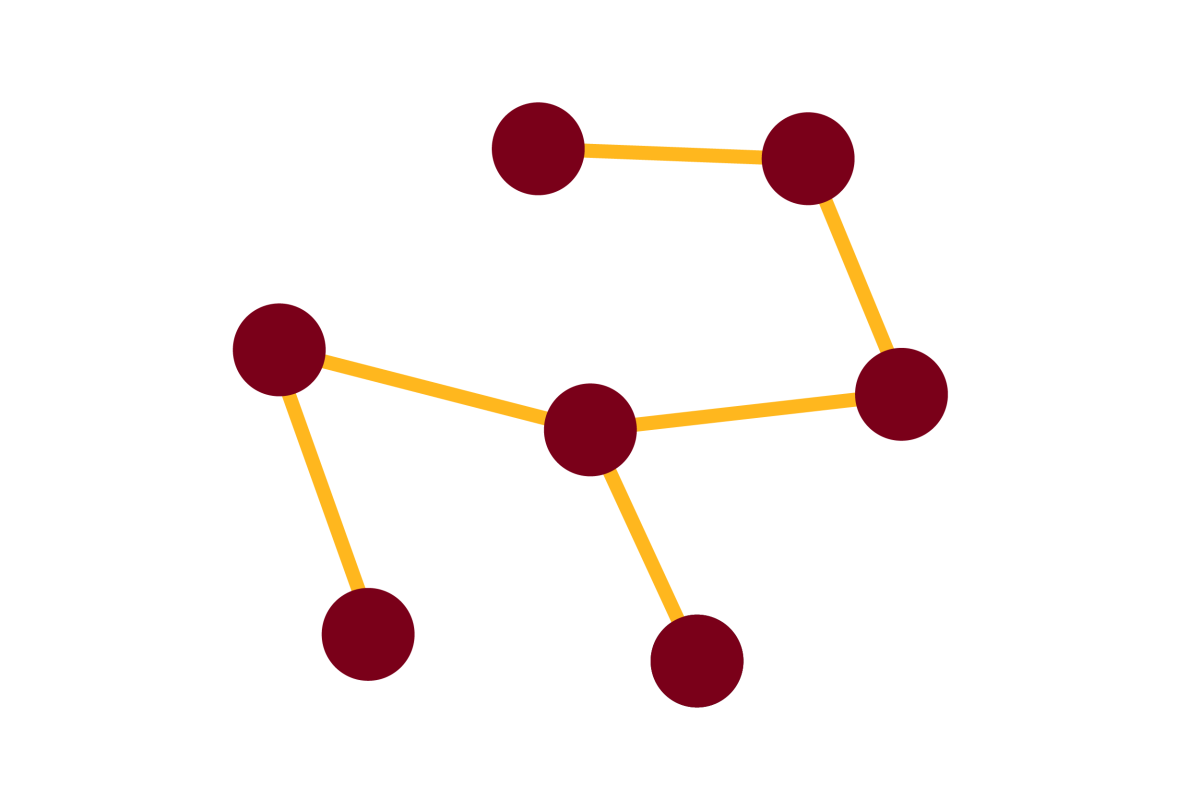Interaction of bacterial metagenome and virome in patients with cirrhosis and hepatic encephalopathy [journal]

Journal
Gut - September 30, 2020
Authors
Jasmohan S Bajaj, Masoumeh Sikaroodi, Amirhossein Shamsaddini, Zachariah Henseler, Tasha Santiago-Rodriguez, Chathur Acharya, Andrew Fagan, Phillip B Hylemon, Michael Fuchs, Edith Gavis, Tonya Ward, Dan Knights (professor), Patrick M Gillevet
Abstract
Objective
Altered bacterial composition is associated with disease progression in cirrhosis but the role of virome, especially phages, is unclear.
Design
Cross-sectional and pre/post rifaximin cohorts were enrolled. Cross-sectional: controls and cirrhotic outpatients (compensated, on lactulose (Cirr-L), on rifaximin (Cirr-LR)) were included and followed for 90-day hospitalisations. Pre/post: compensated cirrhotics underwent stool collection pre/post 8 weeks of rifaximin. Stool metagenomics for bacteria and phages and their correlation networks were analysed in controls versus cirrhosis, within cirrhotics, hospitalised/not and pre/post rifaximin.
Results
Cross-sectional: 40 controls and 163 cirrhotics (63 compensated, 43 Cirr-L, 57 Cirr-LR) were enrolled. Cirr-L/LR groups were similar on model for end-stage liver disease (MELD) score but Cirr-L developed greater hospitalizations versus Cirr-LR (56% vs 30%, p=0.008). Bacterial alpha/beta diversity worsened from controls through Cirr-LR. While phage alpha diversity was similar, beta diversity was different between groups. Autochthonous bacteria linked negatively, pathobionts linked positively with MELD but only modest phage-MELD correlations were seen. Phage–bacterial correlation network complexity was highest in controls, lowest in Cirr-L and increased in Cirr-LR. Microviridae and Faecalibacterium phages were linked with autochthonous bacteria in Cirr-LR, but not Cirr-L hospitalized patients had greater pathobionts, lower commensal bacteria and phages focused on Streptococcus, Lactococcus and Myoviridae. Pre/post: No changes in alpha/beta diversity of phages or bacteria were seen postrifaximin. Phage–bacterial linkages centred around urease-producing Streptococcus species collapsed postrifaximin.
Conclusion
Unlike bacteria, faecal phages are sparsely linked with cirrhosis characteristics and 90-day outcomes. Phage and bacterial linkages centered on urease-producing, ammonia-generating Streptococcus species were affected by disease progression and rifaximin therapy and were altered in patients who experienced 90-day hospitalizations.
Link to full paper
Interaction of bacterial metagenome and virome in patients with cirrhosis and hepatic encephalopathy
Keywords
bioinformatics, computational biology